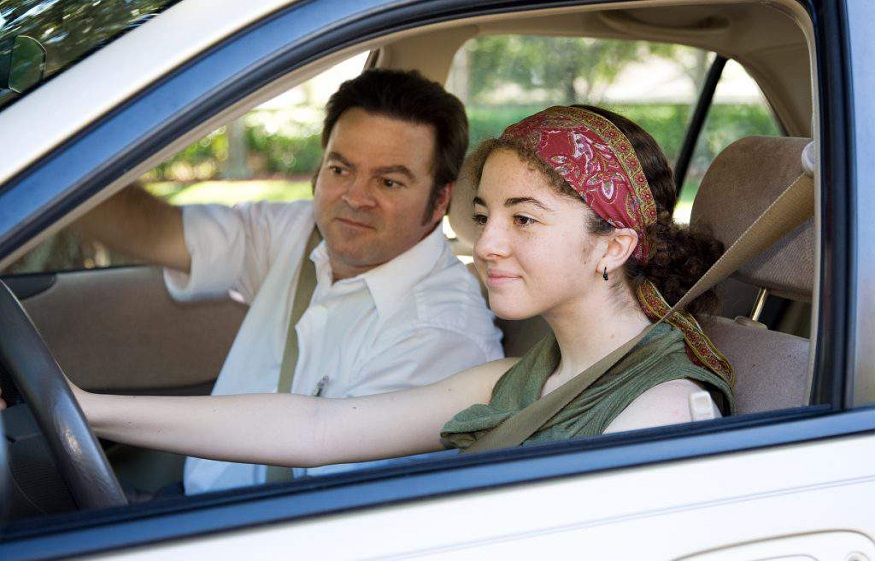
Although driving is almost an essential part of modern life, it can be dangerous. It’s crucial that everyone learns how to safely drive so they avoid any potential accidents. It’s great to teach a beginner how the car works. Driving lessons Bayswater teach you in a very simple way. That makes your learning very easy.
It can make sure they are ready for the road. It doesn’t have been difficult if you follow a few simple principles and show patience.
- Begin at home to explain the controls. Show your novice driver how to turn the engine on and off and how to shift the gear. Demonstrate to them how the controls work, such as turn signals, windshield wipers and air conditioning. You can also explain basic maintenance information like refueling, checking tire pressure and checking oil levels. You should take the time to explain everything and let them ask questions.
Both the owners’ manual and the driver’s handbook are available.
You may not be aware of all the controls in your car because you drive so often. A new driver might not know what the hazard lights are and how to turn them off.
- Talk about how important it is to check your mirrors. Show your student how you adjust your rearview and side mirrors. Discuss the importance of checking your mirrors while you’re parked.
These ideas can be reinforced by reviewing them before your driver gets behind the wheel.
- To set an example, show them how to position their hands at three o’clock and nine o’clock on a wheel. Watch and model what you do. You shouldn’t use the old 10 o’clock and 2 o’clock positions on your wheel. They don’t give you as much control or turning ability as the 3 and 9 o’clock positions.
- Drive around with your student, explaining what you are doing. Make sure to follow all traffic laws. Also, explain your actions to your student so they can understand them. Follow all traffic laws and explain what you’re doing so your student can understand them.
You could, for example, say as you approach a stop sign, “Okay so the light just turned green which means we must stop until it turns green. So I’ll turn my turn signal so everyone knows that I’m going turn when the light turns green.”
- Point out street markings signs and lights and explain their meaning to your student. Drive your student around and point out speed limits, stop signs and other signs that you see. Discuss what these signs mean and what a good driver should do to comply with them.
You could, for example, say “Okay, notice how the speed limit has changed?” This means that we need to slow down and that the school zone sign means that we must watch out for kids and school buses.
Tell your student to remain focused and to avoid distractions. Discuss how it is important to keep your eye on the road. It is possible to cause an accident if you look away from the road for longer than two seconds. Talk about the importance of not looking away for more than 2 seconds to cause an accident.
- if your student needs to call or send an email, tell them. You can just pull over to a safe place when you are done.
- Use a web-based driving course to teach your student the rules. Your student driver can try the program to learn the rules and practice driving.
- Help your student obtain their learner’s license. To drive on public roads, you will need the permit. To help them prepare, sign them up for driver’s education and go over the rules of driving with you. To help them prepare, sign them up for a driver’s education course and review the rules of the road with them.
Your student can legally drive the car with a licensed adult once they have a permit.
If you are required to keep a log of your driving practice hours, it is important that you do so.

